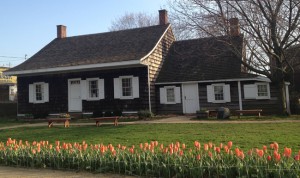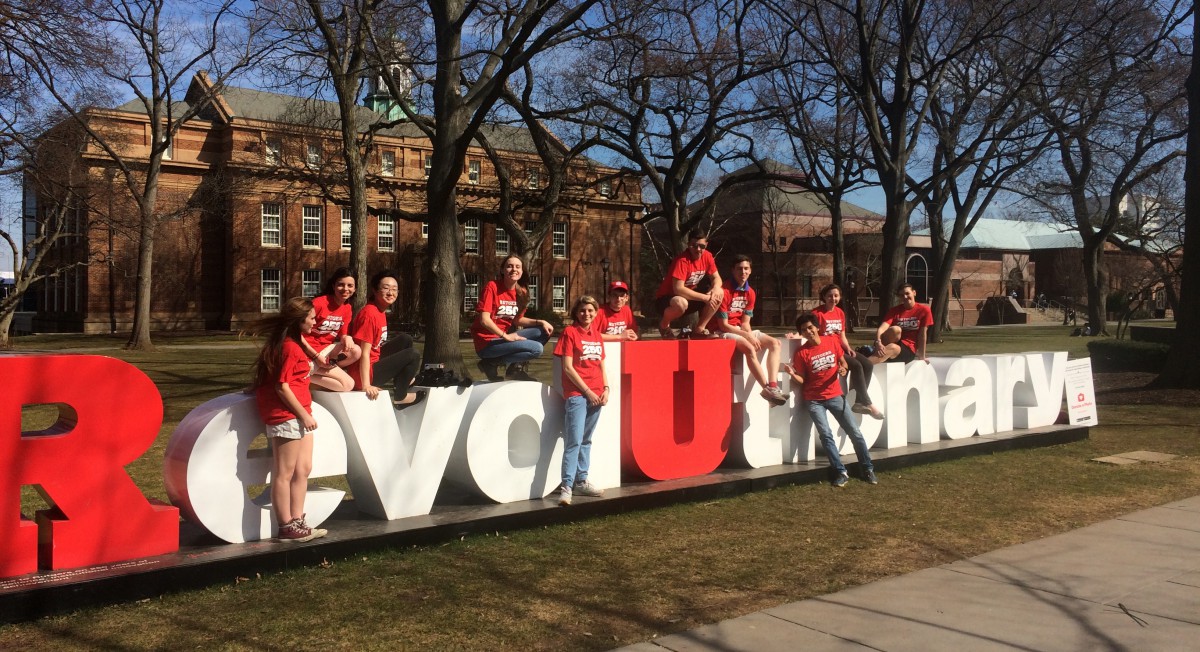by Chris Lind, Luke Edwards, & Rebecca Kang
Section 10

The Wyckoff House was built in 1652, and it is the oldest surviving example of a Dutch saltbox frame house in the New World. It was originally constructed as a single room, one level home. The original flooring was packed Earth, and the windows of the house were unglazed glass. Two doors are positioned on either end of the house, with a large hearth situated in the middle. In the 18th century, a kitchen was attached to the exterior of the house. In total, the restructuring of the house led to six total rooms. The property currently sits on 1.5 acres of land.
The Wyckoff House is located in Milton Fidler Park in Brooklyn. Pieter Claesen, who later changed his last name to Wyckoff, is believed to have lived just north of New Amsterdam, and moved south of the city in the 1650s along with many other farmers. During that time, land was being sold to individuals completely independent of large patroonships that were present up north. The Wyckoff family seems to have followed suit with this trend. Pieter Claesen was ultimately responsible for constructing the Wyckoff house. Originally, Pieter was brought to America by Symon Walichsz as an indentured servant on the Rensselaerswyck property. Our artifact tells many stories about the Dutch in America. Primarily, it demonstrates the Dutch view of maintaining family and a family home. The Wyckoff family stayed in the home for eight generations from 1652 until 1901. The Wyckoff House also tells the story of farmers moving south to Dutch owned New Amsterdam. Pieter was one of many farmers to move off the land owned by the Van Rensselaer family and buy land from the Dutch government. The house also tells the story of Dutch architecture. It is a classic Dutch saltbox frame house, complete with the traditional shingled walls and eaves found in Dutch architecture. Ultimately, we picked this artifact because it is a historically significant place in the New World and has deep connections to the Dutch in America. The story of the oldest building in New York City reveals a lot about the Dutch in America, and our group found that connection worth investigating.
Works Cited
“History.” The Wyckoff House. N.p., n.d. Web. 10 Apr. 2016.
“Fidler-Wyckoff House Park.” : NYC Parks. N.p., n.d. Web. 10 Apr. 2016.
